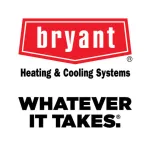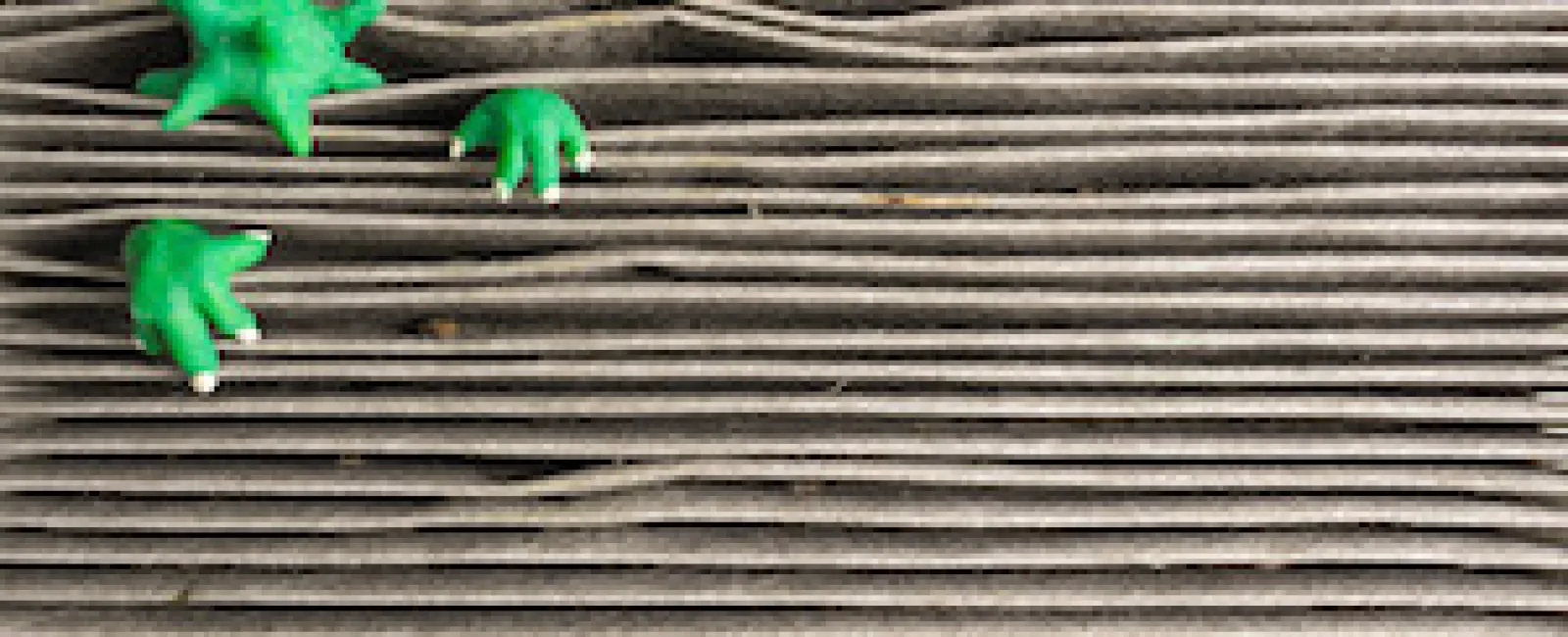- Thickness:
- 1-Inch HVAC Filter: As the name suggests, a 1-inch HVAC filter is typically around 1 inch thick. This slim profile makes it suitable for systems with limited space.
- Media Filter: A media filter, also known as a high-efficiency media air filter, is thicker than a standard 1-inch filter. It can range from 3 to 5 inches thick or even more, depending on the specific model and brand.
- Filtering Efficiency:
- 1-Inch HVAC Filter: Generally, 1-inch HVAC filters are less efficient at capturing smaller particles compared to media filters. They are designed to capture larger particles like dust, pollen, and lint, but they may allow smaller particles like allergens and pet dander to pass through.
- Media Filter: Media filters are known for their high efficiency in capturing a wide range of airborne particles, including smaller ones like allergens, mold spores, and bacteria. They are capable of removing a higher percentage of contaminants from the air compared to 1-inch filters.
- Lifespan and Maintenance:
- 1-Inch HVAC Filter: These filters typically need to be replaced more frequently, often every one to three months, depending on factors like the level of airborne contaminants and the manufacturer's recommendations.
- Media Filter: Due to their larger surface area and higher capacity for holding contaminants, media filters have a longer lifespan. They usually need to be replaced every six months to a year, depending on usage and environmental factors.
- Airflow Resistance:
- 1-Inch HVAC Filter: Since they are thinner, 1-inch filters generally offer less airflow resistance compared to media filters. This means they may allow for better airflow through the HVAC system, which can be beneficial for systems with lower fan capacity.
- Media Filter: The thicker construction of media filters can create more airflow resistance. While this can slightly reduce the airflow through the system, it also means that the filter is providing more comprehensive filtration.
- Cost Considerations:
- 1-Inch HVAC Filter: These filters are typically less expensive upfront compared to media filters. However, since they need to be replaced more frequently, the long-term costs may be higher.
- Media Filter: Media filters usually have a higher initial cost due to their advanced filtration capabilities and longer lifespan. However, they can offer cost savings over time by reducing the frequency of filter replacements and potentially lowering energy costs through improved system efficiency.
In summary, while both 1-inch HVAC filters and media filters serve the purpose of filtering airborne particles in your home's HVAC system, media filters offer higher efficiency, longer lifespan, and more comprehensive filtration, albeit at a higher initial cost. The choice between the two depends on factors such as filtration needs, budget, and system compatibility.




